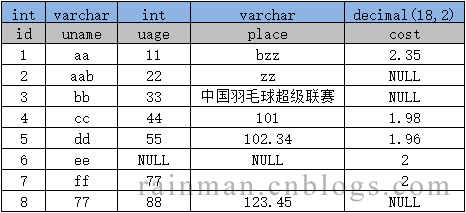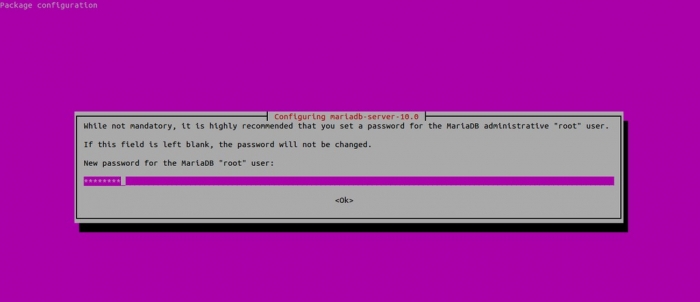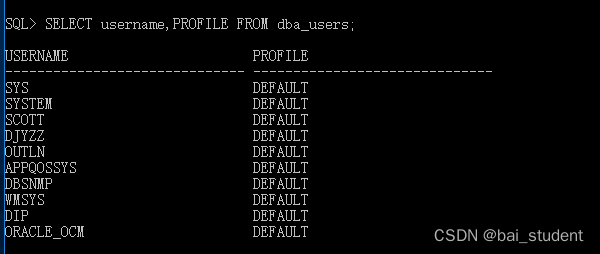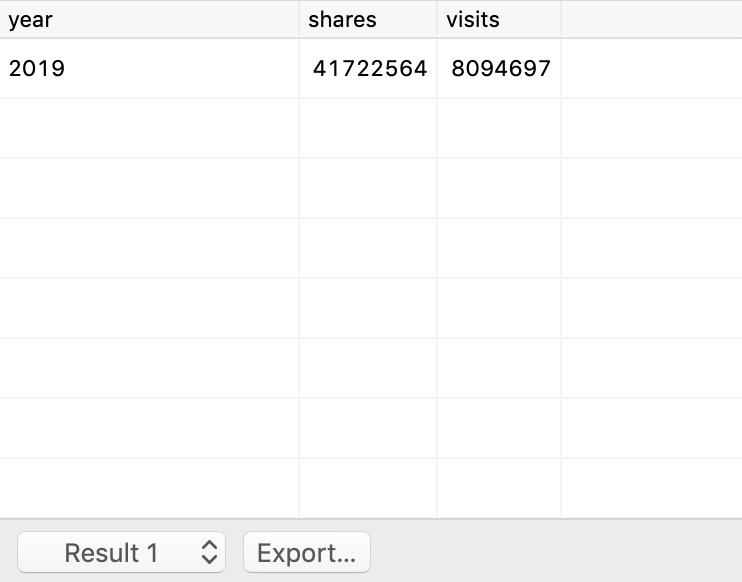在Go语言中处理时间相关问题非常方便和灵活,但时区问题常常会引起误解和困惑。本文将深入探讨Go中的时间和时区问题,并提供示例和攻略以帮助开发者优雅地处理时间和时区问题。
Go中时间与时区问题的深入讲解
在Go语言中处理时间相关问题非常方便和灵活,但时区问题常常会引起误解和困惑。本文将深入探讨Go中的时间和时区问题,并提供示例和攻略以帮助开发者优雅地处理时间和时区问题。
Go中的时间类型
在Go中时间可以表示为time.Time类型。time.Time类型的零值代表UTC时间的起始时间“0001-01-01 00:00:00 UTC”。
package main
import (
"fmt"
"time"
)
func main() {
var t time.Time
fmt.Println(t) // 0001-01-01 00:00:00 +0000 UTC
}
可以通过time.Now()函数获取当前本地时间。
package main
import (
"fmt"
"time"
)
func main() {
now := time.Now()
fmt.Println(now)
}
时区问题
任何时间都必须与时区相关联,否则无法准确地表示在地球上的哪个地方发生的时间。在Go中,时区可以使用time.Location类型表示。Go标准库内置了如下常见时区:
package main
import (
"fmt"
"time"
)
func main() {
fmt.Println(time.UTC) // UTC
fmt.Println(time.Local) // 本地时区
fmt.Println(time.LocalName()) // 本地时区名字
fmt.Println(time.FixedZone("CST", 8*3600)) // CST时区(东八区)
}
使用time.LoadLocation()函数可以通过时区名或时区偏移量获取时区对象。
package main
import (
"fmt"
"time"
)
func main() {
loc1, err := time.LoadLocation("America/New_York") // 根据时区名获取时区对象
if err != nil {
panic(err)
}
loc2 := time.FixedZone("CST", 8*3600) // 根据时区偏移量获取时区对象
fmt.Println(loc1) // America/New_York
fmt.Println(loc2) // CST
}
可以使用time.Time对象的In()方法将其转换到指定时区的时间。
package main
import (
"fmt"
"time"
)
func main() {
now := time.Now() // 获取本地时间
fmt.Println(now) // 本地时间
loc, _ := time.LoadLocation("America/New_York")
nyTime := now.In(loc) // 转换到纽约时区
fmt.Println(nyTime) // 纽约时间
}
时间格式化
Go标准库中使用一般的日期和时间格式进行时间解析和格式化。在Go中,时间格式化字符串必须使用指定的参考时间“Mon Jan 2 15:04:05 -0700 MST 2006”,并且必须将时间格式化字符串与参考时间的具体时间值匹配。
package main
import (
"fmt"
"time"
)
func main() {
t := time.Date(2022, 10, 1, 0, 0, 0, 0, time.UTC)
fmt.Println(t.Format("2006/01/02")) // 2022/10/01
fmt.Println(t.Format("2006-01-02T15:04:05Z07")) // 2022-10-01T00:00:00Z00
fmt.Println(t.Format("2006-01-02 MST")) // 2022-10-01 UTC
}
示例#1
下面是一个示例,它展示了如何在Go中使用时区进行时间解析和格式化。
package main
import (
"fmt"
"time"
)
func main() {
// 解析时间字符串
t, err := time.ParseInLocation("2006-01-02 15:04:05", "2022-10-01 00:00:00", time.UTC)
if err != nil {
panic(err)
}
fmt.Println("UTC time:", t)
// 将时间转换到指定时区
loc, _ := time.LoadLocation("America/New_York")
t = t.In(loc)
fmt.Println("New York time:", t)
// 格式化时间
s := t.Format("2006-01-02 15:04:05 -0700 MST")
fmt.Println("Formatted time:", s)
}
输出结果:
UTC time: 2022-10-01 00:00:00 +0000 UTC
New York time: 2021-09-30 20:00:00 -0400 EDT
Formatted time: 2021-09-30 20:00:00 -0400 EDT
示例#1中,首先使用time.ParseInLocation()函数解析时间字符串为UTC时间。然后使用time.LoadLocation()函数将时间转换到纽约时区。最后使用time.Time对象的Format()方法将时间格式化为指定格式。
示例#2
下面是另一个示例,它展示了如何在Go中处理日期时间算术问题。
package main
import (
"fmt"
"time"
)
func main() {
// 计算两个时间相差的天数
t1 := time.Date(2022, 10, 1, 0, 0, 0, 0, time.UTC)
t2 := time.Date(2022, 9, 30, 0, 0, 0, 0, time.UTC)
days := int(t1.Sub(t2).Hours() / 24)
fmt.Printf("%s 和 %s 相隔 %d 天\n", t1, t2, days)
// 将时间延后两小时
t := time.Now()
t = t.Add(2 * time.Hour)
fmt.Println("两小时后的时间是:", t)
}
输出结果:
2022-10-01 00:00:00 +0000 UTC 和 2022-09-30 00:00:00 +0000 UTC 相隔 1 天
两小时后的时间是: 2021-12-03 20:14:44.738313479 +0800 CST
示例#2中,首先计算了两个时间之间相差的天数,并将时间格式化为字符串输出。然后使用time.Now()函数获取当前本地时间,并将其延后两小时,并将结果输出。
结语
Go处理时间和时区问题非常方便和灵活,掌握好时间类型、时区类型、时间格式化和日期时间算术等知识,开发者能够轻松地处理各种时间和时区问题,提升应用程序的稳定性和可靠性。
本文标题为:Go中时间与时区问题的深入讲解


基础教程推荐
- MYSQL数据库表结构优化方法详解 2023-12-03
- MongoDB可视化工具mongodb-compass 2023-07-16
- 对标mongodb存储类JSON数据文档统计分析详解 2023-07-16
- LRU原理和Redis实现——一个今日头条的面试题 2023-09-12
- Redis中一些常见的面试题 2023-09-12
- Sql Server中通过sql命令获取cpu占用及产生锁的sql 2023-07-28
- mysql日常使用中常见报错大全 2023-12-04
- Redis-复制 2023-09-11
- python中如何提高图像质量 2023-07-28
- Mysql数据库的主从复制与读写分离精讲教程 2023-08-06

















